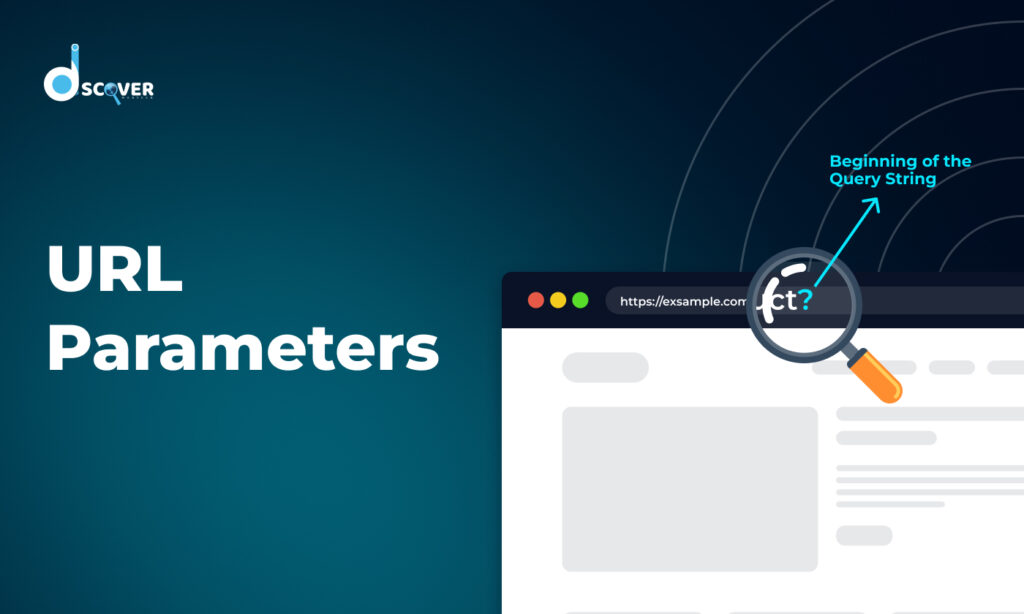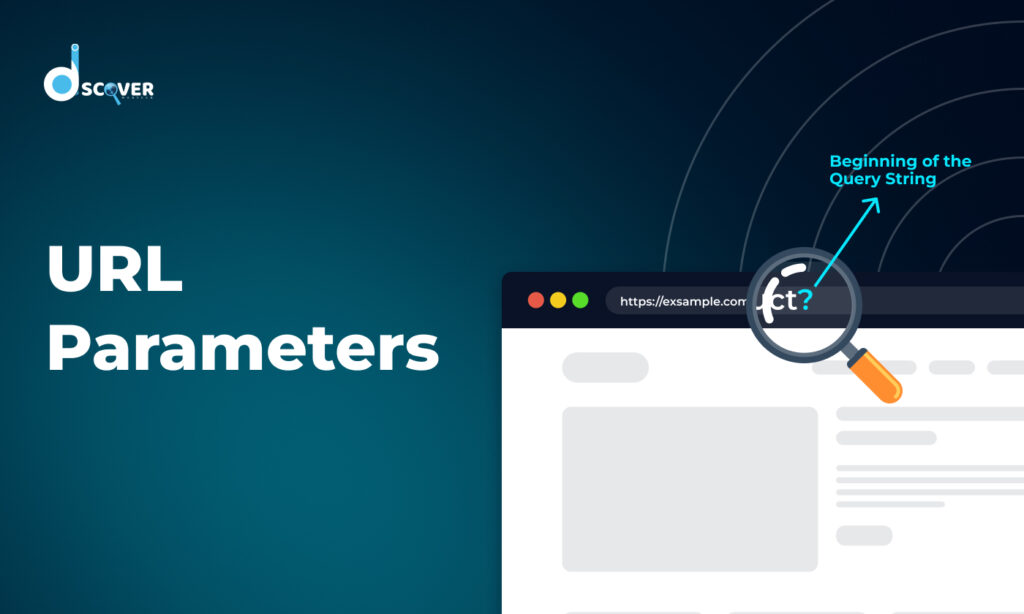
URL parameters are extra details added to the end of a web address, often used for things like tracking or sorting content. They’re common on e-commerce sites or in marketing campaigns. However, if not managed well, URL parameters can cause SEO problems, such as duplicate content, confusion for search engine crawlers, and inefficient use of crawl budget. This can lead to search engines indexing multiple versions of the same page, which can hurt your website’s rankings.
Common Issues Caused by URL Parameters
When using dynamic URLs with extra parameters, there are a few common SEO problems:
- Duplicate Content: Different versions of the same page might get indexed because of the extra details in the URL, which can confuse search engines and hurt rankings.
- Crawling and Indexing Problems: Search engines may have difficulty crawling all the page versions, wasting crawl resources and stopping important pages from being indexed.
- Tracking and Analytics Issues: The extra parameters in URLs can mess with tracking tools, making it hard to get accurate data on user behavior or campaign performance.
Best Practices for URL Parameter Management
Managing URL parameters the right way is important for SEO and making sure search engines can crawl and index your site properly. If not handled well, these parameters can cause duplicate content, indexing problems, and issues with tracking. Here are some easy steps to manage them:
- Using Canonical Tags to Prevent Duplicate Content: Add canonical tags to let search engines know which version of a page is the main one, helping avoid duplicate content.
- Setting Up URL Parameters in Google Search Console: In Google Search Console, set up how URL parameters should be treated to prevent indexing issues.
- Properly Using 301 Redirects: If certain URLs with parameters are no longer needed, use 301 redirects to send users to the correct page and keep your SEO value.
- Managing Parameters in Google Analytics: In Google Analytics, exclude unneeded parameters to keep your data clean and get more accurate tracking results.
URL Parameter Handling in Google Search Console
Google Search Console (GSC) helps you manage how search engines deal with dynamic URLs on your site. You can set up how certain query strings are handled, making sure Google knows which pages to focus on. To do this, go to the Crawl section in GSC, click on URL Parameters, and choose how you want each parameter to be treated. This ensures that Googlebot prioritizes the right pages and avoids indexing duplicate content.
If not managed well, dynamic URLs can waste crawl budget, which is the amount of time Googlebot spends crawling your site. If it spends too much time on unnecessary URL variations, it might miss important pages. By properly setting up these parameters in GSC, you help Googlebot focus on the most valuable pages, improving how efficiently your site gets crawled. For optimal results, consider consulting a good SEO expert to fine-tune your website’s performance.
URL Structure and SEO
Having a simple and organized URL structure is important for both SEO and user experience. Clean URLs are easier for search engines to understand and rank. When your URLs are short, descriptive, and include relevant keywords, they can improve your SEO and help users navigate your site more easily.
A common problem with URLs is unnecessary URL parameters. Extra parameters that don’t serve a real purpose can make your URLs more complex, which can confuse search engines. This can also cause duplicate content issues if different versions of the same page are indexed. To keep things simple and SEO-friendly, try to avoid adding extra parameters and focus on creating clear, easy-to-read URLs.
Using UTM Parameters for Tracking Campaigns
UTM parameters are tags added to URLs that help you track how well your marketing campaigns are performing. They give you useful information about where your website visitors are coming from and which campaigns are driving the most traffic and conversions. Here’s how to use them effectively for SEO:
- Track Campaign Sources: Use UTM tags to see which traffic source (like social media, email, or referrals) is bringing the most visitors to your site.
- Measure Campaign Effectiveness: Check Google Analytics to see which marketing efforts are giving you the best results, so you can improve your strategy.
- Optimize Traffic for SEO: UTM parameters help you understand how visitors behave, so you can improve your content and pages for better search engine rankings.
- Avoid Overuse: Don’t add too many tags to your URLs, as it can make them look messy and harder to analyze.
Tools for Managing URL Parameters
Managing URL parameters is important for keeping your website’s SEO in check. There are a few tools that can help you handle these parameters effectively, and consulting a digital marketing and SEO expert can ensure you’re using the best tools for your site’s needs:
- SEOquake: This tool helps you check your website’s SEO and see if unnecessary URL parameters are causing duplicate content. It gives useful insights into how your site is performing.
- Screaming Frog SEO Spider: A tool that crawls your site to find any problems with URL parameters, like duplicate pages or indexing issues. It helps you spot problems and fix them for better SEO.
- Google’s URL Parameters Tool: Found in Google Search Console, this tool lets you tell Google how to treat specific URL parameters. You can decide which parameters should be ignored and which ones are important, helping Google crawl your site more effectively.
These tools make it easier to manage URL parameters and avoid SEO issues like duplicate content and poor crawl efficiency.
Final Thoughts
To wrap up, managing URL parameters is essential for good SEO. Knowing how they impact your site can help you avoid problems like duplicate content, indexing issues, and wasted crawl budget. Key takeaways include using canonical tags to stop duplicates, setting parameters in Google Search Console to guide search engines, and using tools like SEOquake and Screaming Frog to track and manage them. To improve your URL parameters for SEO, make sure your URLs are simple, avoid unnecessary parameters, and regularly check for issues that might affect crawling and indexing. These steps will help keep your site optimized and improve its performance in search results. For expert advice on SEO and digital marketing experts, consider reaching out to a professional who can guide your strategy.
Check out our latest blog on “Website Migration Best Practices” and learn how to optimize your site’s move!
Frequently Asked Questions (FAQ’s)
What are URL parameters?
A URL parameter is a method used to pass data about a click through the URL. By adding URL parameters to your links, you can track specific information related to that click. These parameters consist of a key and a value, separated by an equals sign (=), and multiple parameters are linked together using an ampersand (&).
What are the different types of URL params?
URL parameters can be either active or passive. Active parameters influence the content displayed on a page, while passive parameters are used mainly for tracking purposes and do not alter the page’s content. These parameters consist of key-value pairs, where the key represents the type of data being passed, and the value is the actual data, such as an identifier.
What are the parameters of a URL name?
To add a parameter to a URL, simply append “/#/?”, then follow it with the parameter name, an equal sign (=), and the parameter’s value. If you need to add more than one parameter, separate them with an ampersand (&).
How do I set URL parameters?
To add the first URL parameter, start by placing a “?” (question mark) after the page link, followed by “fieldName=value”. For each additional parameter, use an “&” (ampersand) and then add “fieldName=value”
How to create URL parameters?
URL parameters consist of a key and a value, with the two separated by an equals sign (=). When adding multiple parameters, they are joined together using an ampersand (&).



